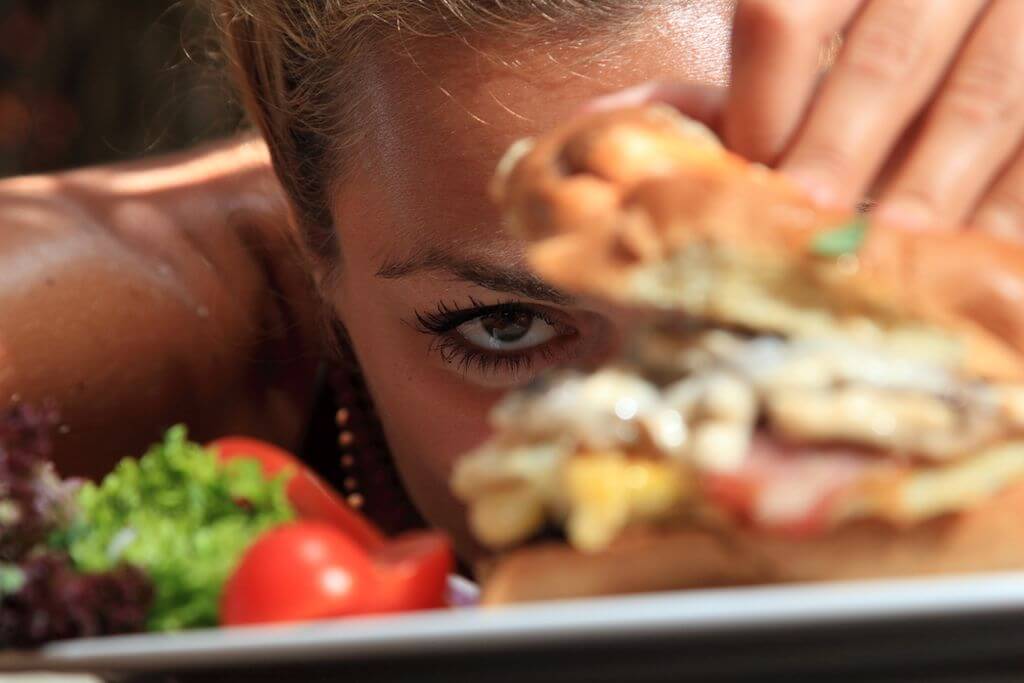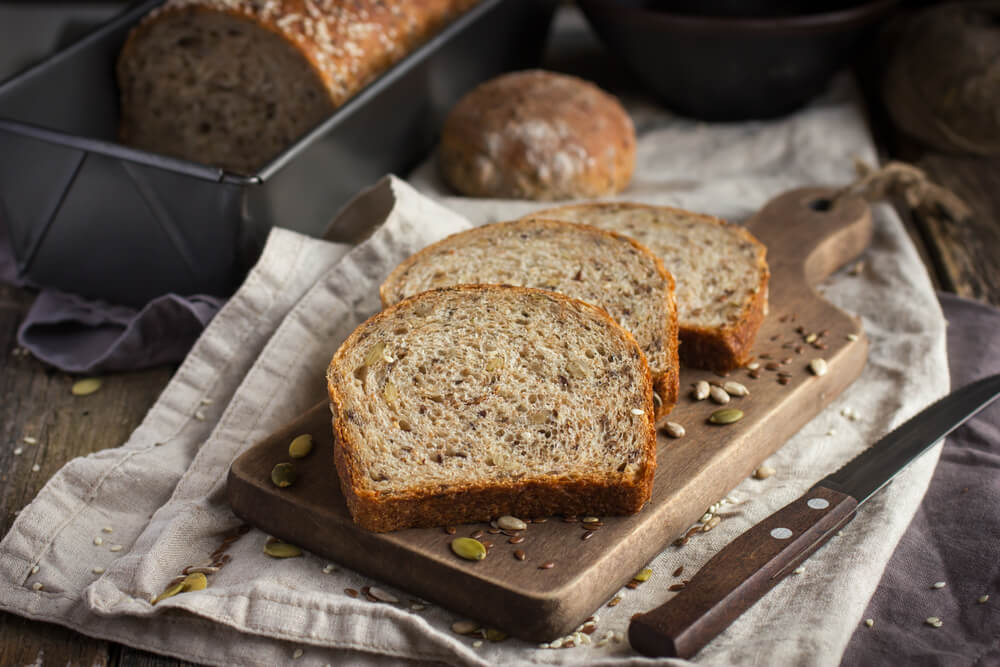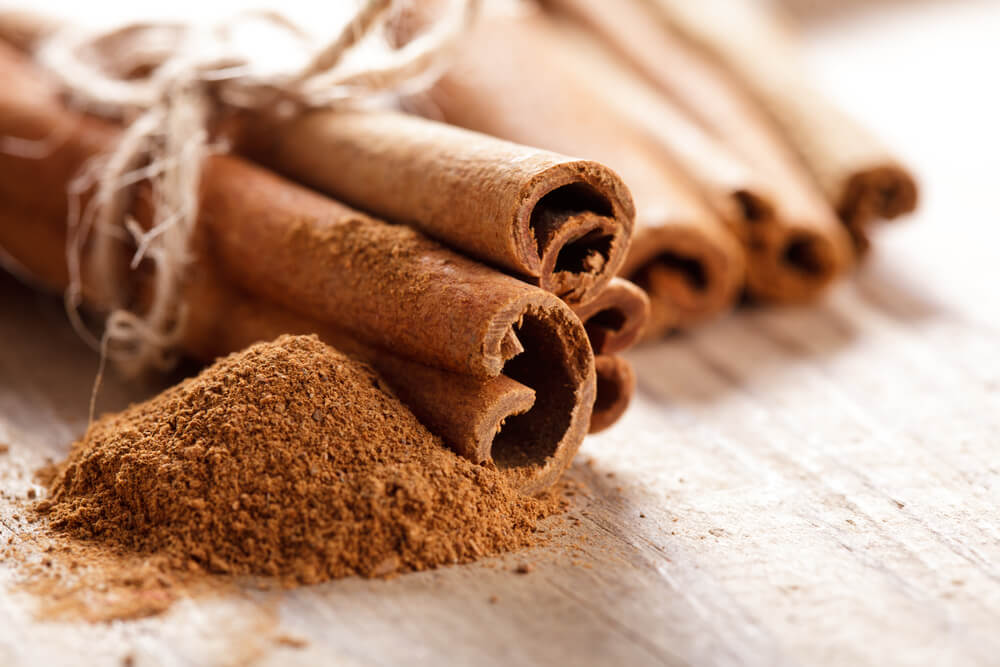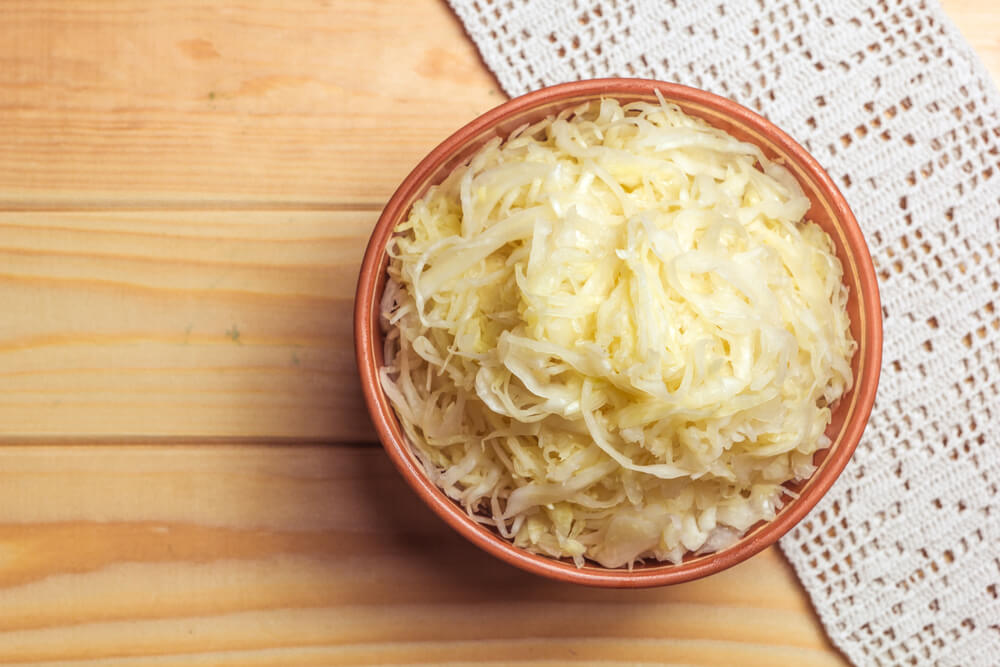How to make the most difficult sandwich in your life
'09.01.2019'
Source: Medusa
When there is time and inspiration, you can cook something complicated - for example, a sandwich with butter and cheese. But do not buy ready-made products in the store, and make yourself. If you do not eat dairy products, you can put something else on your bread - for example, beet hummus.

Sourdough bread
Cook the leaven
There are many options for making sourdough, writes chef Natalia Berezova for Jellyfish. The one below is one of the fastest and simplest.
- Drinking water (30 degrees) - 140 grams
- Premium wheat flour - 100 grams
- Flour rye - 140 grams
- Honey - 10 grams
Day one
Mix 20 grams of rye flour with 20 grams of water and half honey. Cover with a towel and leave in a warm place for 24 hours.
Day two
Bubbles appeared on the surface. In a larger container, mix 40 grams of rye flour, 40 grams of water and the remaining honey. Add the mixture of the previous day. Again, leave in a warm place under the towel for 24 hours.
Day three
Bubbles on the surface even more. Add 80 grams of water and 80 grams of flour. Stir well and leave for 24 hours again.
Day Four
Sourdough is almost ready. Add 100 grams of wheat flour and 100 grams of water, stir. According to the consistency of the leaven should be like dough for pancakes.
Leave at room temperature for 24 hours. The right sourdough, which makes the most delicious bread, smells like champagne, young beer and fresh bread crust. If you feel a sour, acetic smell, it is better to “feed” the leaven one more time. "Feed" or "refresh" means to add water in half with flour to the ready leaven.
Prepare the necessary utensils for making bread
- Planetary mixer. Of course, you can knead the dough with your hands, but the mixer will speed up this process a lot.
- Large bowl or ripening tray
- A pair of silicone blades
- Baking scraper Be sure to buy one if you are going to bake bread.
- Place for bread making. This may be a large board, a tray or just a clean section of the table.
- Utyatnitsa or any cast-iron pan with a lid. Professional ovens are very different from home ovens, but baking bread in an utica with the lid closed, you will create similar conditions.
- Form for proofing dough. Proofing is the necessary process for ripening dough. Baskets are sold in specialized stores. If it is not there, nothing terrible - for the first time, an ordinary bowl or deep dish with a volume of 20 cubic centimeters and a depth of 10 centimeters will do. Put a dish towel in it and sprinkle with flour.
- Thermometer with probe. It’s easiest to understand if the bread is ready.
Prepare the right ingredients
- ½ cup sourdough
- ¾ cup of water at room temperature
- 1 a tablespoon of agave syrup, Jerusalem artichoke or liquid honey
- 1 tablespoon of salt
- 1 and ¼ cup premium wheat flour
- Cup wholegrain flour
- Some more flour for forming dough

Bake bread
It is best to start making bread in the afternoon, hours at 6 in the evening, to bake it the next day in the morning.
If there is a mixer, mix the starter, water, syrup or honey and salt in a bowl until smooth. Add flour and knead for another 15 minutes - again until smooth or until the dough begins to lag behind the walls of the mixer.
Smear the bowl with vegetable oil, put dough in it, cover with foil and leave to come at room temperature for 4-6 hours.
When the dough comes up, increase in size 2-3 times, press it a few times to get the air out.
Sprinkle flour over the work surface, put the dough on it. First, pull the end of the dough far from you and fold it in half to yourself, then do the same with the end closest to you. Turn the dough over and leave for five minutes. Form a ball, putting your hands on the dough and, as it were, pulling it down, do so 4-5 once, carefully, trying not to tear the dough.
Turn the dough over and place it in a proofing basket or in a bowl with a towel sprinkled with flour. Then put in a plastic bag - and in the refrigerator for the night.
In the morning, take out the bread, remove the film and leave at room temperature under a towel for an hour on 2-3.
Put the meat into the oven and preheat the oven to 236 degrees. Gently turn the bread over to a small board with parchment paper and make an incision so that the bread has a place to go. The incision is easiest to make a straight razor, one sharp and confident movement. In general, initially, these cuts made every conceivable and inconceivable form in order to distinguish their bread from others, at a time when bread was baked in one common oven. Together with parchment paper, pull off the bread into the meat pan, close the lid and bake for 30 minutes.
Remove the lid and bake the bread for another 10 minute. If there is a thermometer, pierce the bread and check: the internal temperature of the bread should be 98-100 degrees. Take it out of the duck, leave to cool for 40 minutes - the bread still has to go. Try not to eat the whole loaf at once!
Oil
It's all easy. Find the fattest unpasteurized cream, about 500 grams. The easiest way, of course, on the market, but if suddenly you have familiar farmers - contact them! All you have to do is whip the cream at the highest speed of a stationary or hand mixer. The cream will begin to separate into butter and whey. Then put the oil on gauze and rinse several times under cold running water to wash the whole serum. So the oil will last longer and will not acquire a rancid taste.

Ricotta cheese
Cook utensil
- Three liter saucepan
- Thermometer with probe
- Gauze
- Sieve
- Large bowl
- Skimmer
And the ingredients!
- Whole milk - 2 liters
- Freshly squeezed lemon juice - 1 / 3 glass
- Citric acid - ½ tsp (or 1 / 3 glasses of table vinegar)
- Salt - 1 teaspoon
Pour the milk into the saucepan and bring to 93 degrees over low heat. Remove milk from heat, add salt, lemon juice, vinegar or citric acid and mix gently.
Leave the minutes on 10, the milk should begin to split into curd flakes and whey. If this does not happen, add another spoonful of lemon juice and wait.
Put a gauze sieve and pour the contents of the pan into it. Leave ricotta in a sieve - from 10 minutes to an hour. It all depends on your taste - someone loves more liquid cheese, someone more dry. Watch, try - look for your option.
Transfer the finished ricotta in a container with a lid and store in the refrigerator.
Cook beet hummus
Many insist that chickpeas need to be boiled dry, but in fact there is no difference in taste between boiled and canned chickpeas. The main thing is to remove the peel from the peas so that you get a gentle hummus without unpleasant, distracting pieces. Rinse chickpeas out of the jar and place between two kitchen towels. Roll under the palms, the skin will be easier to separate. Peel the chickpeas and whisk in a blender with salt, tahini, lemon juice, olive oil and beetroot. To taste you can add ground jira and white pepper. It is better to gradually add all the ingredients one spoon at a time and taste it, someone loves more lemon, some tahini. Beetroot puree can also be added to taste, more than specified in the recipe.
- Chickpeas - 1 Bank
- Beet puree - 3 tablespoons (Wash the beets 1, wrap in foil and bake in the oven at 200 degrees to a very soft texture, about an hour. Clean and punch in a blender to puree)
- Tahina - 2-3 tablespoons
- Lemon juice - 2-3 tablespoons
- Olive oil - 4-5 tablespoons
- Salt - ¼ tsp
Put in a suitable dish, pour olive oil and sprinkle with pine nuts.







